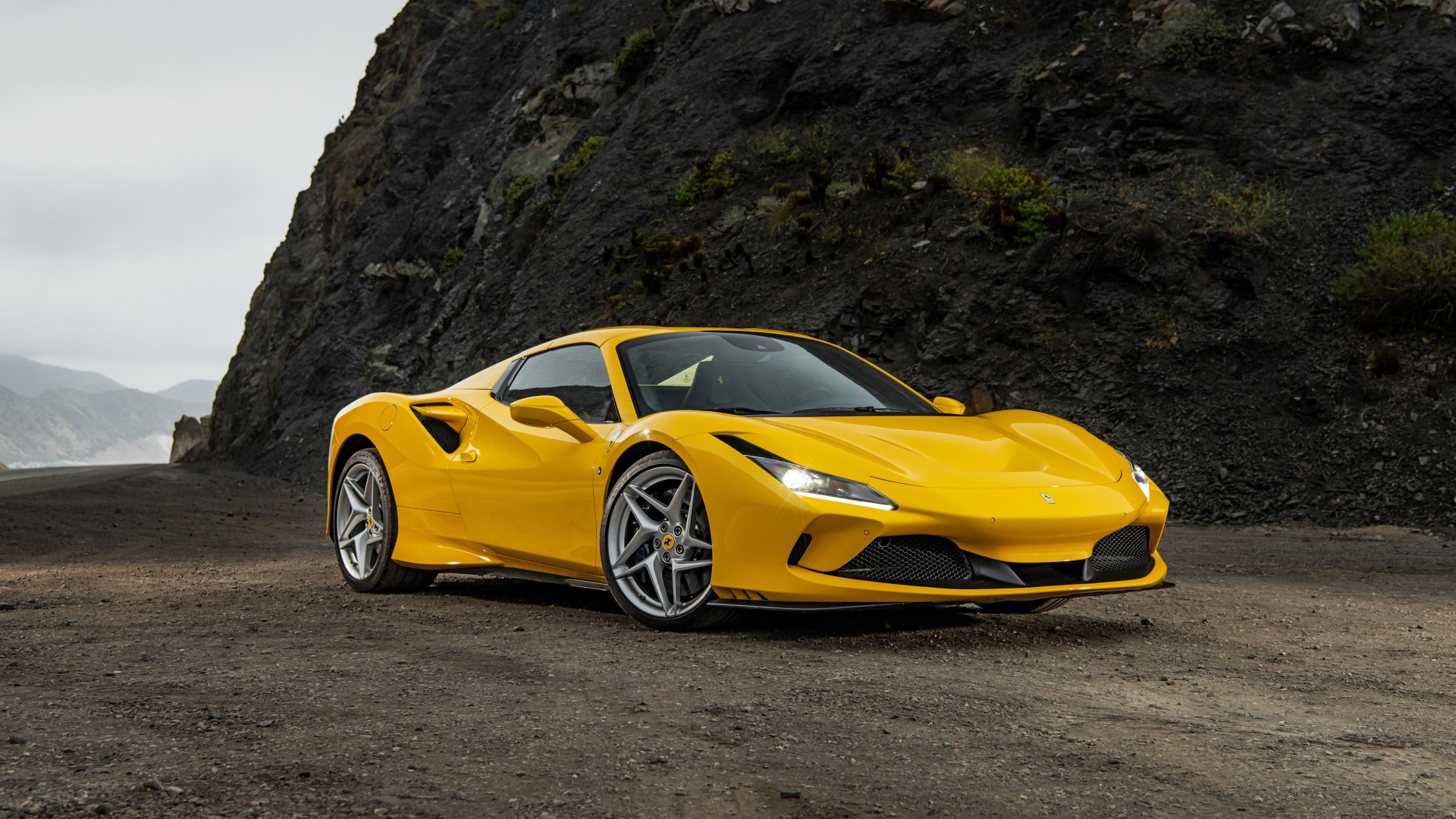
Two openings were added over bold FORD lettering at the nose which left opening acted as a hood release handle. Rear fenders no longer had the tear drop shape, instead had more rounded and had continuous side body lines. Five-bar horizontal grille had integrated turn signal light into the top grille bar. The front fenders were also wider and taller and featured single piece like wrap around design that included integrated headlamps. Additionally, Ford added more cushioning to the bench seat which were wrapped with springs for improved comfort. To improve comfort, the cab was isolated from the frame using bushing at the front and lever-action torsion links in the rear in order to insulate vibration and noise. The new cab also featured increased foot room, and bench seats with adjustable fore, aft, and rake. A new flat one-piece windshield was 2 inches higher than the previous generation combined with the larger rear window offering a better all around visibility. It also included wider doors that were moved 3 inches forward and extending beneath the cab's floor for better accessibility and interior protection from dust, moisture, and drafts. Compared to the previous model of Ford trucks, the new cab was 7 inches wider and provided extra headroom.

įord additionally invested one million dollars into research and tooling for the new cab dubbed as the "Million-Dollar Cab".

To better absorb rough uneven roads, and to reduce maintenance costs, Ford was also first to introduce a telescopic double-acting shock absorbers to the Pickup truck market in place of the lever shocks and were advertised as the "Aircraft Type Shocks". Also Ford was the only company to offer V8 engines for both Pickup trucks and medium duty trucks until 1954. The new frame, included a third cross-member which enabled extra strength enough to be shared with its medium duty lineup. Ford departed from sharing a common platform with its passenger lineup and developed a purpose built truck frame specifically for the F-Series.
FORD F8 DOWNLOAD SERIES
Dodge B series although fully redesigned, retained an outdated semi circular rear wheel well design. GM's Advanced Design trucks featured an all new body but was based on a pre-war A platform which were at the time shared with other GM passenger cars. When introduced, Ford's new truck would be the only truck featuring all new post-war design. The development objective included making the driving easier, with comfortable and roomier cab, and a great customer appreciation. After the 1947 Model Year was introduced, a completely new design was planned, which could appeal to various applications, extending further than just having a single purpose. When civilian passenger cars and trucks were put back into production, Ford produced the same truck and car design since 1941.

The first generation of the F-Series is the sole generation produced entirely with "Flathead" engines (inline-6 and V8).Īfter World War II, Ford's war time effort towards producing B-24 bombers, jeeps, tank engines, and other military hardware ended. In Canada, Lincoln-Mercury sold the F-Series under the Mercury M-Series nameplate to expand coverage in rural areas. Alongside pickup trucks, the model line included also panel vans, bare and cowled chassis, and marked the entry of Ford into the medium and heavy-duty truck segment.Īcross North America, Ford assembled F-Series trucks at sixteen different facilities during its production. The introduction of the F-Series marked the divergence of Ford car and truck design, developing a chassis intended specifically for truck use. The first-generation of the Ford F-Series (also known as the Ford Bonus-Built trucks) is a series of trucks that was produced by Ford from the 1948 to the 1952 model years. Front engine, rear-wheel drive / four-wheel driveįord F-Series second generation (1953–1956)


 0 kommentar(er)
0 kommentar(er)
